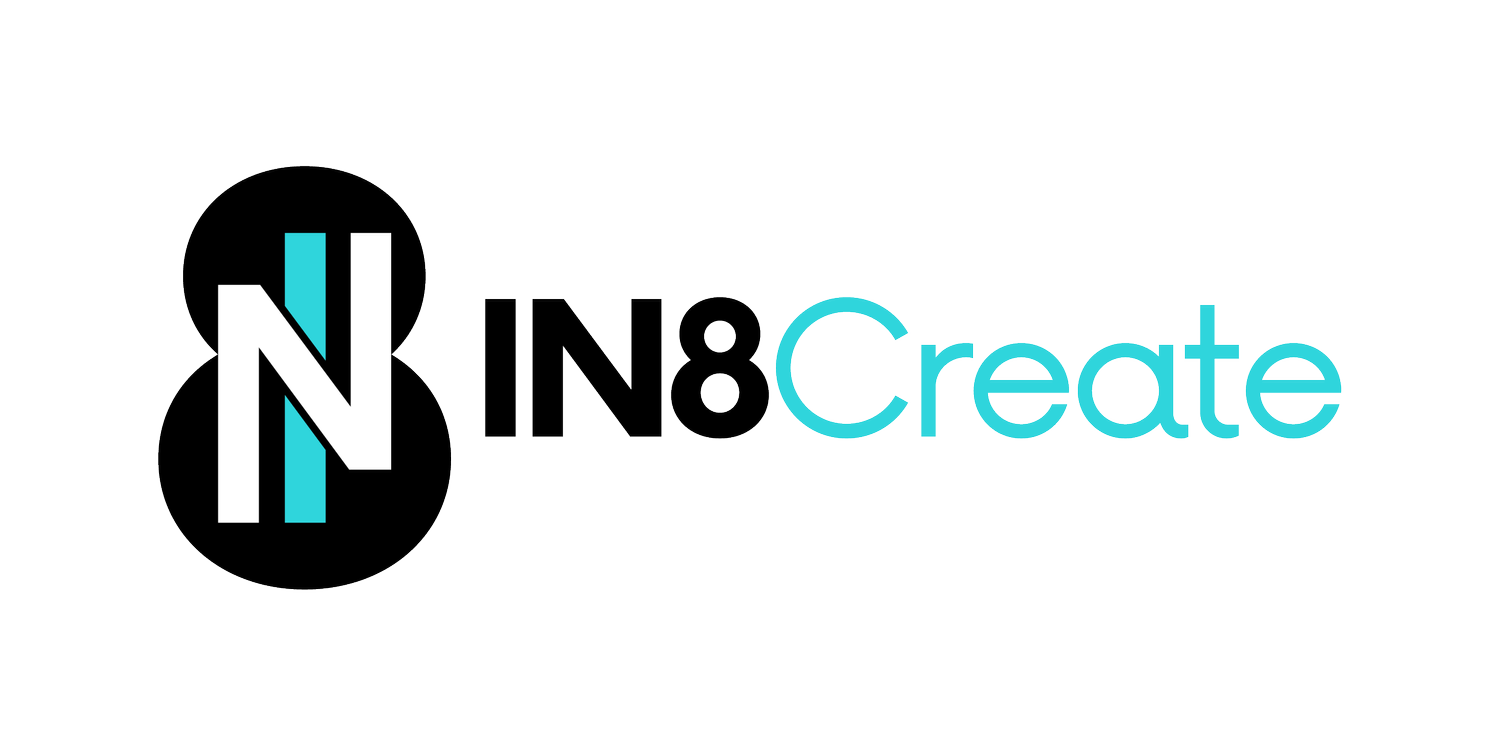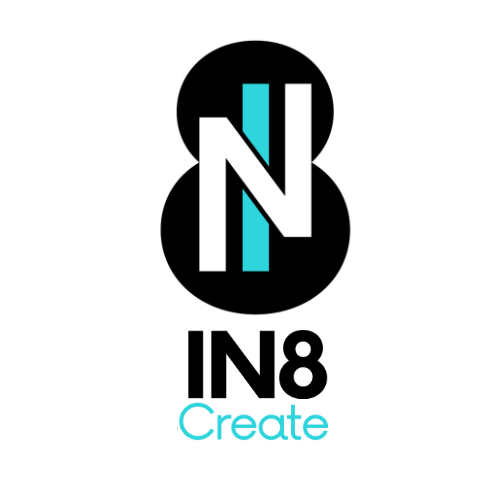Why Team Buy-In Fails
And How to Get Teams to Own Solutions
You've probably bought the shortcut before—the pre-made solution, the done-for-you answer, the consultant's beautiful deck that sits in your inbox gathering digital dust.
It looked perfect. It probably was perfect.
So why didn't anyone use it?
When "Easy" Backfires
In the 1950s, General Mills launched an absolute innovation: instant cake mix. Just add water, pour, bake. Done. Your grandmother could make a bakery-quality cake in minutes.
It flopped.
The original Betty Crocker cake mix included everything—even the eggs and milk in powdered form. Home bakers just added water. But sales were disappointing because the mix made baking too easy, and people felt like they weren't really baking.
You'd think making things easier would make them more popular. Turns out, humans are weird.
Psychologist Ernest Dichter studied the problem and discovered that people felt guilty using the mix—it felt like cheating. The solution? General Mills removed the powdered eggs, requiring bakers to add fresh eggs themselves. This small act of participation made bakers feel like they were actually baking, and sales took off.
Two ingredients. That's all it took.
Not because the cake tasted better (it didn't). Not because it was harder (barely). But because now bakers could point to the cake and say, "I made this."
The Buy-In You Can't Buy
Here's what you already know about your team: when you hand them the solution, they find seventeen reasons it won't work. When they build the solution themselves, they find seventeen ways to make it work better.
You've seen this play out:
The strategy deck from leadership that everyone nods at and nobody implements
The new process that looks great on paper and dies in practice
The team-building exercise where people participate politely and forget immediately
The solutions might be brilliant. But they're missing something fundamental: ownership.
Why We Love LEGO Serious Play (And Why Your Team Would Too)
We've run workshops where engineers who haven't spoken in meetings suddenly can't stop talking. Where quiet team members build models they're genuinely excited to show off. Where people who "don't do creative stuff" get weirdly protective of their tiny LEGO creations.
It's not about the blocks.
It's never about the blocks.
Your marketing manager isn't proud of three LEGO minifigs and a blue plate. She's proud of the strategic insight she just made visible—the one she's been trying to articulate for months. Your developer isn't excited about the weird tower he built. He's excited that everyone finally understands the technical constraint he's been wrestling with.
When your team builds the answer with their own hands, something shifts. The solution isn't coming at them from a consultant or a leadership retreat. It's coming from them. They're in the mix—literally.
And just like Betty Crocker discovered, that participation isn't a nice-to-have. It's the entire point.
The Work IS the Reward
You don't want your team to work harder. Nobody's asking for that.
But you probably do want them to feel the satisfaction of solving something real. You want the "we figured this out" energy instead of the "here's another thing they're making us do" resignation.
Your strategic planning session doesn't need to be harder. It needs to be theirs.
Your team alignment workshop doesn't need more steps. It needs more hands.
That's the paradox Betty Crocker uncovered: the effort isn't the enemy of engagement. The effort is the engine of it. When you remove every obstacle, you accidentally remove the opportunity to feel capable.
So What Does This Mean for You?
You're probably planning some kind of team initiative right now. Strategy session. Alignment workshop. Problem-solving meeting. Innovation day.
You could hand them the solution. You could present the framework. You could show them the answer.
Or you could put the ingredients in front of them and let them bake.
Not because it's harder. Because it's theirs.
When your team builds the strategy themselves—when they literally construct the answer with their hands, when they see their ideas take physical shape—they don't just understand the solution. They believe in it.
And belief is what you've been missing.
Want to see what happens when your team actually builds the answer instead of just hearing it? You might be surprised by who speaks up when thinking happens through their hands instead of just their words.
Related Posts:
Witnessing True Team Engagement



